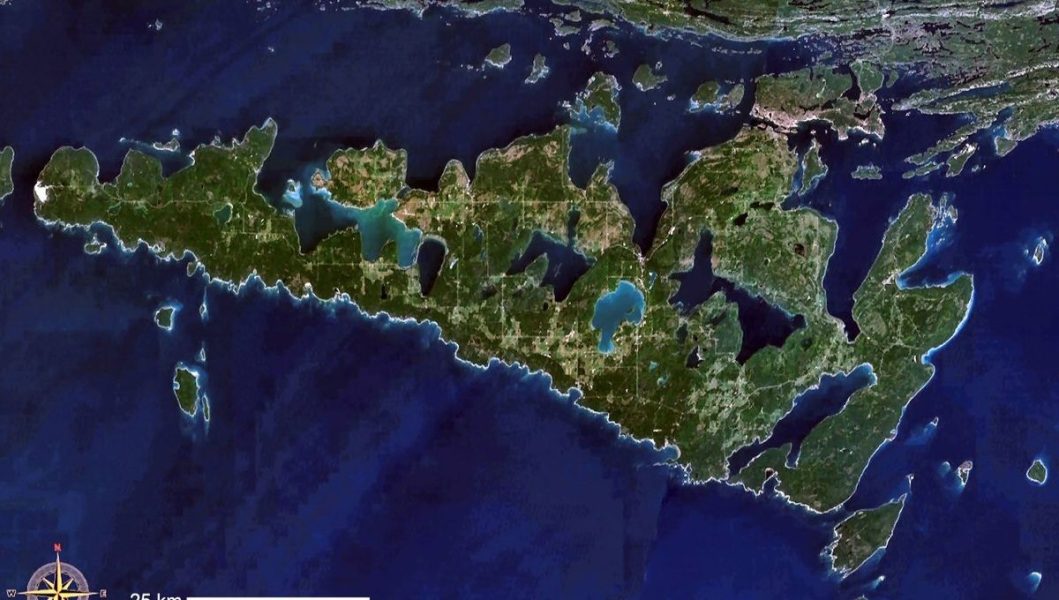UK’s Thames river has been a watery grave for over 6,000 years: Study – Interesting Engineering

Researchers analyzed skeletons from the Thames to finally solve a mystery as to how hundreds of bodies ended up in the iconic river. 19 hours ago20 hours ago21 hours agoa day agoa day agoa day ago2 days ago2 days ago2 days ago2 days ago25 minutes ago10 hours ago11 hours ago13 hours ago15 hours ago16 hours ago17 hours ago18 hours ago19 hours ago19 hours agoMaria MocerinoPalace, London, on the Thames River. PixabayOver the past two hundred years, hundreds of human bones have been dredged up from the iconic River Thames that runs through London. According to a new study, most date back to the Bronze and Iron Ages, suggesting a broader cultural tradition or a lot of violence.A new team of researchers from the United Kingdom examined the skeletal remains of 61 people and confirmed that the majority originated between 2300 BCE and 43 CE. The River Thames most likely held a deeper “votive significance,” according to the authors of a new study published in Cambridge University Press.Lead author Nichola Arthur contextualized the practice for Live Science as belonging to a wider tradition in “water places of northwest Europe, but the Thames human bones represent a uniquely large assemblage.”Previously, researchers hadn’t been able to confirm whether the bodies had accumulated over the centuries or if they had been purposefully thrown or drowned into the river. According to the authors of the new study, “there really was something significant going on in the Bronze and Iron Ages,” Nichola Arthur explained to Live Science. The evidence suggested, according to them, a broader funerary practice, but not everyone agrees.The Thames skeletons have been analyzed by researchers since the 19th century. Swimming in theories, some say that many bodies pointed to an epic battle between the Celts and Romans or at least violent encounters between groups. “Violence is particularly common theme for later prehistoric human remains from watery places,” an expert told Live Science. Others propose that the bodies ended up in the Thames but originated from riverbank burials or drownings.Another expert said that the latest research has “moved the arguments along,” but the funerary origins of these remains have yet to be completely studied and demonstrated.But before researchers could address the question of origins, they first sought to understand if any patterns would surface concerning the timeframe. Using radiocarbon dating, researchers analyzed 30 skeletal remains, thereby compounding their data with earlier studies to a remarkable pitch.They discovered an impressive span of 6,000 years. However, most bodies plunged into the river are from the Bronze and Iron Ages, and a remarkable absence of bodies was found between 300 and 600 CE, according to a report published in Gizmodo. Study authors believed it accurately reflected a decline in the London population at the end of the Roman era.Based on the new data, researchers eliminated the possibility of the bodies gradually accumulating over time. They dismissed the “erosion theory,” as archaeological evidence has yet to present itself. Researchers have proposed that the bodies were part of a “watery deposition practice” in northwestern Europe during the Bronze and Iron Ages, as per Gizmodo.However, according to another expert, “We have found patterns of skeletal trauma on the bones of the Thames human remains.” Whether the bodies were laid to rest peacefully or violently remains unanswered as of yet, but the next phase of the study intends to focus on injuries that the individuals might have suffered.“Exploring exactly how the Thames human remains might fit into these practices is one of the next exciting steps of the project,” study authors concluded with Live Science. The study has been published in the journal Cambridge University Press.Maria Mocerino Originally from LA, Maria Mocerino has been published in Business Insider, The Irish Examiner, The Rogue Mag, Chacruna Institute for Psychedelic Plant Medicines, and now Interesting Engineering.Stay up-to-date on engineering, tech, space, and science news with The Blueprint.By clicking sign up, you confirm that you accept this site’s Terms of Use and Privacy Policya day agoa day ago2 days ago2 days agoPremiumIE PROFollow
Source: https://interestingengineering.com/culture/thames-watery-grave-reveals-study






